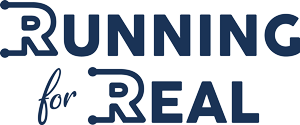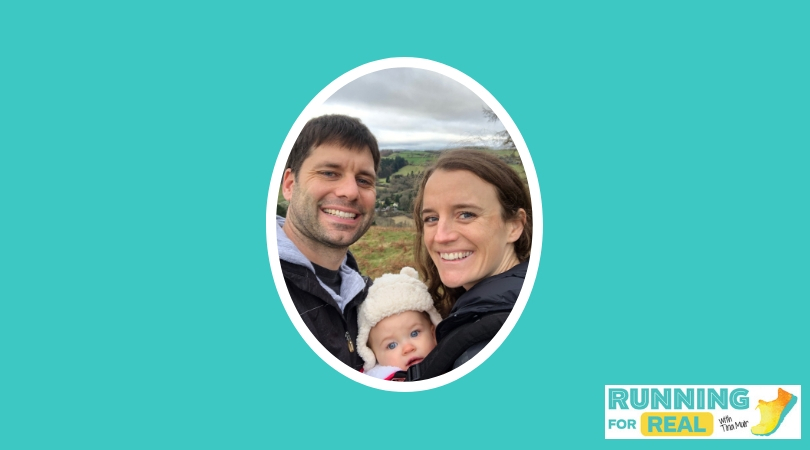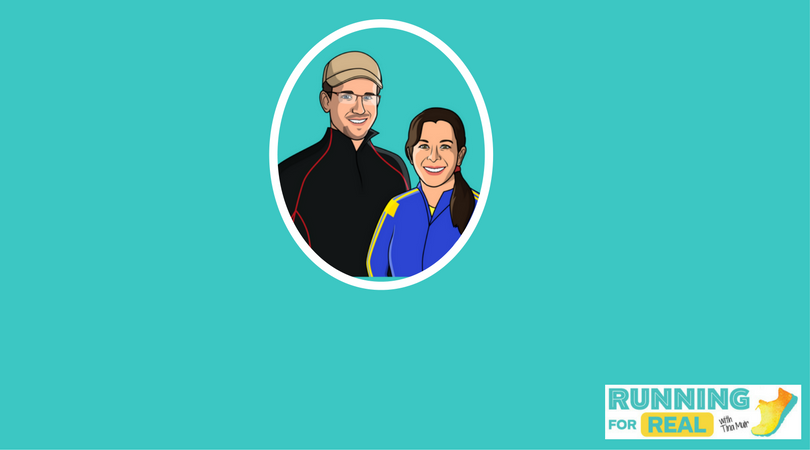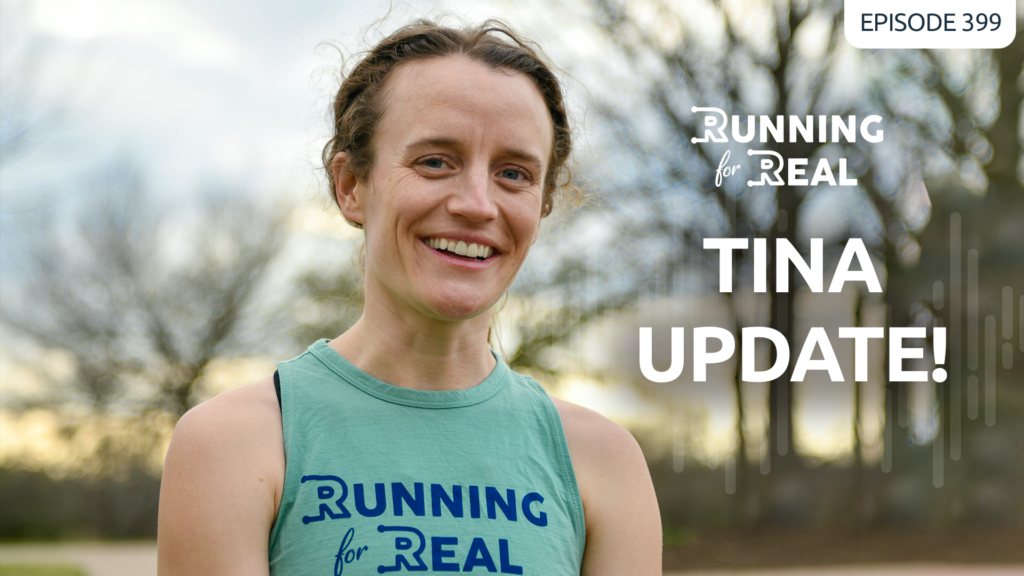Jessie Zapo is passionate about creating a space for all runners, and especially about bringing women into the sport. Under her leadership, the adidas Runners community in the US has evolved to be over 60% female, with equal or more representation of women coaches. Girls Run NYC, the women’s running collective that she founded, will be celebrating its 10th anniversary in September.
Listen to the Running for Real podcast here:
Apple (iTunes) Podcast | Sticher | Castbox | Overcast | Spotify | Google Play | iHeartradio |
Jessie’s first memory of running, outside of children’s games, is of a field day in elementary school. She had never run track before, but she was put into the 4 x 100 relay. “I had a fast growth spurt when I was around 11 or 12,” she recalls. “I got really tall, but I was very awkward in terms of knobby knees and long legs that didn’t really fit my body at that time, or I didn’t feel like I was in my body. That was a moment where my body was working and it was running and it felt fast and amazing.” That was also when her parents, up in the bleachers watching, first saw her ability. “My dad leaned over to my mom and said, ‘Hey, that girl, she’s really good.’ And my mom said, ‘That’s Jessie. It’s your daughter.’ I ran track and field after that. It was one of those moments where you realize a talent that you have. I think that’s pivotal for young people.”
She was a high school sprinter, and only started running distance after she moved to Brooklyn for grad school. “I would run Prospect Park because I lived close. The loop at Prospect Park is 3.40 miles. That pushed me up to running three miles. I felt like, ‘That’s a lot. That’s a lot for me.’ So I signed up for this 5K and I remember they were like, ‘It’s self-seeded, so just go in the pack where you think you should be.’ And I was like, ‘Okay, on the starting line.’ I walked up to the starting line and then proceeded to be very humbled by that race and still was like, ‘I guess I’m not running six minute miles, but I’m very proud of myself for doing it.’ I remember sending the guy I was dating at the time a text and saying, ‘I just ran my first 5K.’ And he was like, ‘What’s your time?’ And I told him my time and he was like, ‘That’s not even fast.’
That’s something you’ll never hear Jessie telling a runner. “I thought about that recently because we have such a range of people who come out and run with Girls Run and with my other projects with adidas Runners. I have an athlete right now who is really, really happy to be running 15 minutes per mile. We’ve worked really hard to get her there, and I’m super proud of her.
“I feel so lucky that here in the US, we have an expansive idea about what running is, who can run, who’s allowed to be a runner, which is everybody, and how you can do it. I think that still doesn’t exist everywhere. And we’re often fighting against preconceived ideas of who we have to be or what we should be. But I would say my distance running journey was about working really hard to be average and accepting that and feeling good about that.”
While some people may feel inferior when they see elite athletes, Jessie is inspired. “What I’ve seen by watching the Olympics is how hard all of these athletes have worked to be there and to be competing on the level that they are, which has been extraordinary. And that inspires me as someone who’s not doing those types of endeavors. For me, it says, ‘Yeah, put the hard work in. Do the workout that you don’t feel like doing because that’s the difference maker for me as an individual, but also for these athletes that are competing on the highest stage. In my work with adidas, I get to hang out sometimes with Noah Lyles; we’ve been on shoots together in his early career. And I understand that we’re not that different. Athletes who are performing on the highest level are not that different than us amateur athletes who are out here dedicating time out of our days to be our best self. I actually feel like you can see the best in yourself by watching these athletes perform.”
One difference between the elites and everyday runners though, can be their level of motivation. For non-professionals with other demands on their time, it can be difficult to commit to training. That’s where being part of a community can have an impact. “If you maybe didn’t have that discipline to know that you can show up day in and day out to do this thing, and it’s hard but you can do it, community is actually one of the best ways to start to build that because it’s the motivation to do something fun,” Jessie says. “You’re like, ‘Well, do I have to do this? No. Maybe I would rather do something fun after work.’ But if there’s a fun community that you’re looking forward to seeing, it makes it a lot easier to show up and do those hard things.”
The most important aspect of creating a running community is that everyone needs to feel welcome. Jessie fought hard to make adidas Runners be pace inclusive. “I was like, ‘We have to have a group that we hire pacers who are going to run 11 minutes per mile or slower,’ knowing that if we do that, people are going to show up for it. So ultimately, we’ve built this ‘Every pace has a place’ idea, which is really around everyone should have an opportunity to get started. And with that, all different types of people, all different bodies, all different walks of life.
“I think one of my favorite things about being part of run communities is that we often never know what anyone else does for work. You show up to the run and you do the runs and maybe you’re like, ‘What pace are you gonna run?’ Sometimes you find out what someone does for work years later. And I love that that’s not the first thing that comes out of people’s mouth.
“I remember on a team, we had someone who was a doctor who worked at Sloan Kettering. And we had someone who worked for the Department of Transportation, mowing the grass, and they were best buddies. How else would you bring people together across different walks of life? And to me, that’s the power of community.”
Jessie formed Girls Run NYC to bring together disparate female runners, and very deliberately chose to call it a “collective,” rather than a “club” or “crew.” “When I first started it, I started it as a pop-up for women from all different walks of life and different run groups to come. There were really no women’s-only groups at the time. It was right before this wave of feminist thought happening again, which I feel like always sort of comes in cycles. So I also got some backlash for saying I wanted to do a women’s only run, which happens always.
“But I was like, ‘I don’t want to start another run crew. I don’t want to start another run group. I just want it to be pop-up runs and an opportunity to bring women together.’ So it was called Girls Run With Me. I promoted it almost party promoter style: put out a flier, pulled every woman’s email address out of my inbox and sent it to every woman I knew, and had like 18 people the first time, which to me was a lot. I was like, ‘Oh my God, people wanna come to this.’ And so I kept doing it.
“And then,naturally, there’s a group of women that are like, ‘This is all we want to do. We just want to keep being in this group’. And so we ended up putting a group together and training for this race in Toronto. And when that happened, that was like, ‘Okay, I’m going to get my coaching certification and make this official. It will be a thing. Girls Run NYC.’ But it’s not meant to be exclusionary. We don’t want it to feel like only this group of women are allowed to be there. So there was sort of an open call for people who were running with all these different groups to come and participate once a week. And that’s why I like to keep the word ‘collective’ because I want it to not feel like an exclusive club.”
Next month, Girls Run NYC will be celebrating its 10th anniversary with a 10-hour event in Brooklyn, Here for the Long Run. Runners and walkers of all abilities are welcome, and it’s NOT just for women, demonstrating Jessie’s belief that there should be a running space for everyone. “One of the beautiful things I’ve seen, that some people don’t like, is the explosion of run clubs. There’s a different run club on every corner, with different themes and different names. Sometimes people get into this whole, ‘Who really should be running?’ or who’s been around the longest or what’s better, this or that. And I think there’s space for it all. I think there’s space for everyone. I have always said that if you don’t see the space that you want to be in, you should make it and invite someone else to come to that space, and someone else will come. So I still think there’s more space and the more people moving their bodies, the better.”
Photo credit: Keith Morrison
Resources:
Thank you to HydraPak, Runna, and AG1 for sponsoring this episode.

HydraPak is continually looking for ways to help runners and their communities lessen their environmental footprint. Their reusable hydration products are aimed not only at supporting athletes in pursuit of their personal goals, but at reducing single-use waste.
Most recently, they unveiled their Cupless Racing Partnership Program, designed to support trail and road races across the country in eliminating race day waste by offering their collapsible and reusable SpeedCup as an alternative to single-use cups at running events.
You can find out more here.

Runna is on a mission to make running as easy, effective and enjoyable as possible by providing personalized running plans built by Olympic athletes and expert coaches. They have plans for runners of all abilities, from Couch to 5K to elite level, and offer strength, mobility, and Pilates plans to integrate with your running. They even have a community section on the app, where you can connect with like-minded runners.
There’s a reason why they’re the #1 rated running app in the world – go here and use code RUNNINGFORREAL to get two weeks free!
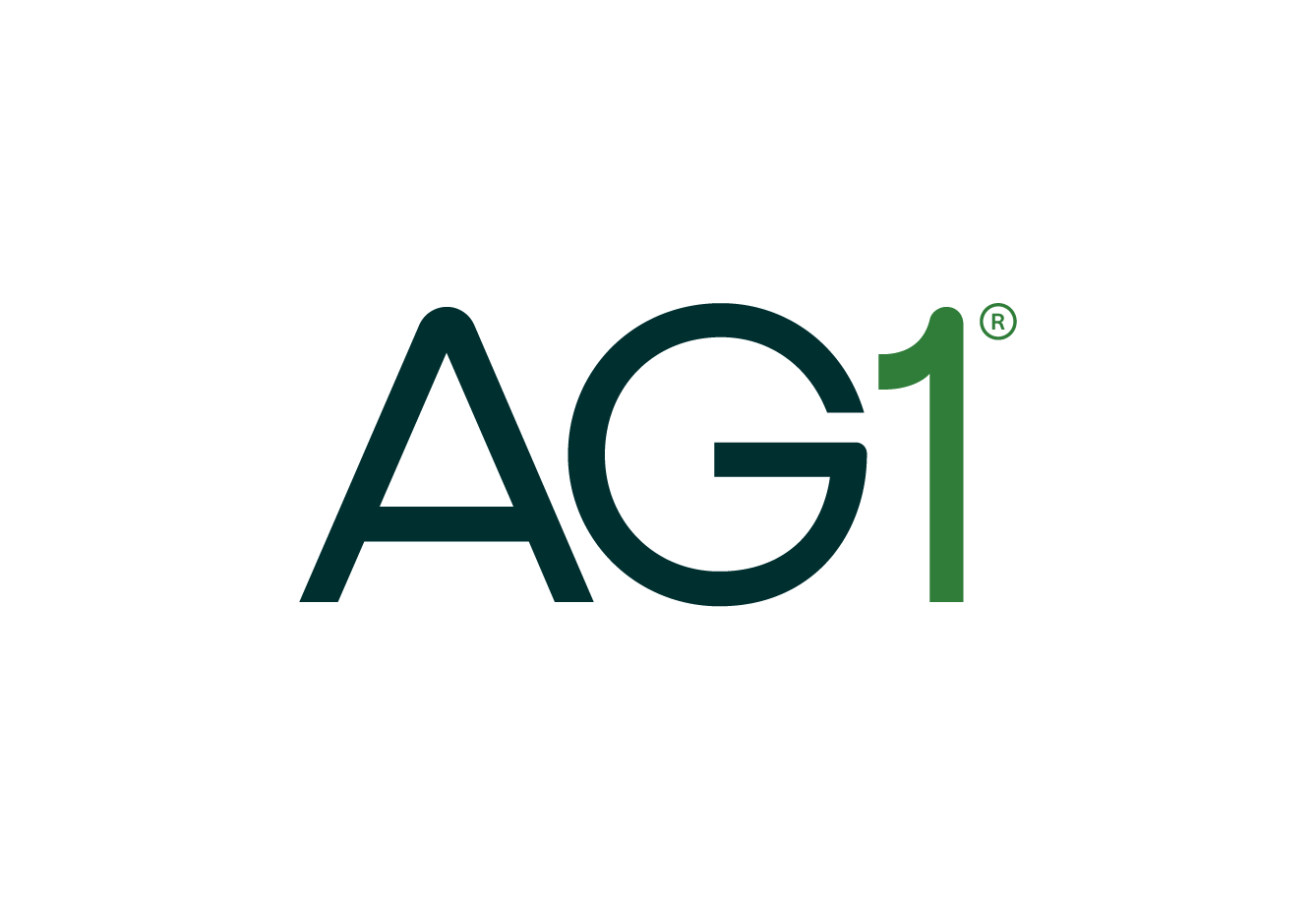
AG1 is a foundational nutrition supplement that delivers daily nutrients and gut health support. Unlike so many products, the entire formula is backed by research studies, not just the ingredients. AG1 is packed with a variety of nutrient-dense ingredients and is the perfect complement to a healthy diet.
It’s easy and satisfying to start your journey with AG1. Try AG1 and get a FREE 1-year supply of Vitamin D3K2 AND 5 free AG1 Travel Packs with your first purchase here.
Thanks for listening!
If you haven’t already, be sure to subscribe on Apple, Spotify, iHeart, YouTube, or wherever you get your podcasts. And if you enjoy Running for Real, please leave us a review!
Keep up with what’s going on at Running for Real by signing up for our weekly newsletter.
Join the newsletter
This is not your usual email newsletter. With Tina’s personal reflections and recommendations, suggestions of things to do, thoughts to contemplate, and some updates, this newsletter is one that you’ll WANT to read, not hit “delete” as soon as you see it.
Follow Tina on Instagram, Facebook, and X. You’ll find Running for Real on Instagram too!
Want to be a member of the Running for Real community? Join #Running4Real Superstars on Facebook!
Subscribe to our YouTube channel for additional content, including our RED-S: Realize. Reflect. Recover series of 50+ videos.
Thank you for your support – we appreciate each and every one of you!
